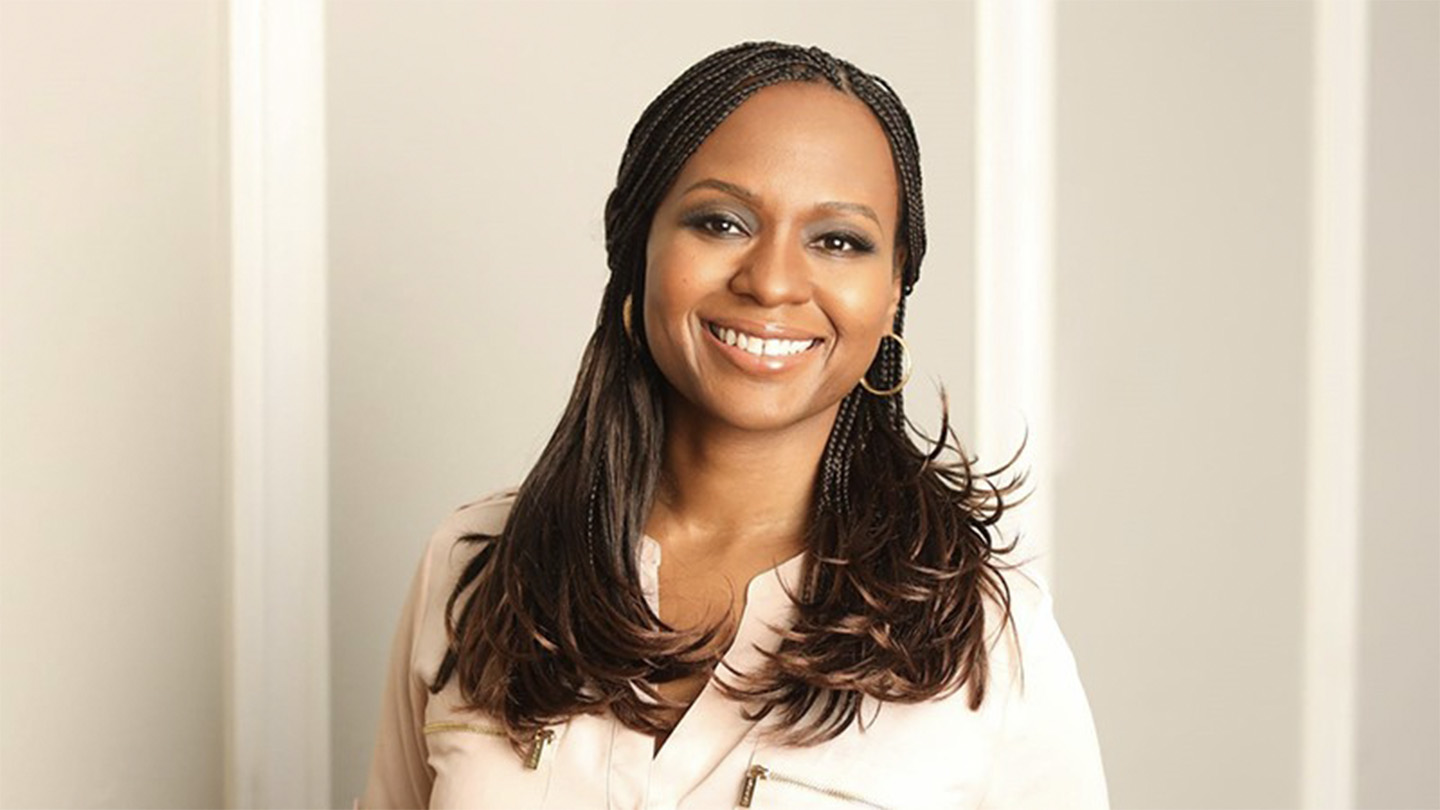Juneteenth honors the end of slavery in the United States. It’s the second Independence Day for the nation, a reminder of the price and sacrifice Americans have paid for freedom. A reminder of the immeasurable value of faith and hope.
As we celebrate Juneteenth, I can't help but think about my personal history.
When we look back at early America, we imagine a time when our country was divided between white people who were free and Black people who were slaves. But things were not that simple—there were indentured white people who worked as servants, as well as free whites who didn't own any slaves. There were even a few Black people who were free.
In the 1700s, my family was part of a vibrant free Black community in Williamsburg, Virginia. My ancestor, Matthew Ashby, was born in 1727 to a Black West African father and a white British indentured servant. Biracial children born of white women and Black men were required to be indentured to another family as an apprentice for thirty-one years. At the age of thirty-one, Matthew gained his freedom.
Matthew married Ann, an enslaved woman owned by bricklayer Samuel Spurr, and they had two children together. Marriage was prohibited for slaves because they were legally considered property, so obtaining a legal marriage meant that Matthew had to accomplish two important tasks: First, he had to purchase Ann and their children. Then, he had to petition the authorities for their freedom.
Matthew was able to accomplish both of these tasks and free his family from slavery for a cost of £150. Afterward, he petitioned the Governor's Council, which officially granted his family their freedom on November 27, 1769.
Unfortunately, Matthew became ill and died two years later.
Education was important in the free Black community—and particularly so to Matthew and Ann, who sacrificed so that their children, John and Mary, were able to attend the Bray School at the College of William and Mary in Williamsburg. Financed by an English philanthropist, Dr. Thomas Bray, the Williamsburg Bray School is the oldest institution in the U.S. dedicated to educating young Black children. From 1760 to 1774, over 300 enslaved and free children were taught a curriculum that emphasized catechism, speaking, cleanliness, and obedience, as well as reading and writing. The girls were also taught knitting and sewing.
As if freeing his family was not enough, Matthew also may have been part of a secret network of free Blacks that provided refuge for runaway slaves in Williamsburg. It makes me proud to think that he was willing to jeopardize his own status as a free man to assist others.
I am a descendant of Matthew's son, John Ashby. Although I am part of the branch of the family that moved north during the Great Migration, many of us continue to live and work in Virginia today.
Looking back at my family’s history, I’m struck by not only my family’s hard work and resilience, but also by the established people and organizations that helped them. Matthew and Ann Ashby’s quest to educate their children was enabled, in part, by one of America’s oldest universities working with an English philanthropist. I think about how my own company, one of the largest, most established banks in the world, continues to invest in the Black community through its Advancing Black Pathways initiative. As our society continues to struggle with an economic gap created through historic inequity, I am impressed by companies, like mine, that seek to move forward with a commitment to integrity, fairness and responsibility.
The story of my family is truly remarkable. It’s Black history, it’s my history, and it’s America’s history. It is a story of perseverance, strength and courage. Matthew Ashby is my hero. Whenever I need inspiration or encouragement I don’t have to look far, I can find it in my family tree.




